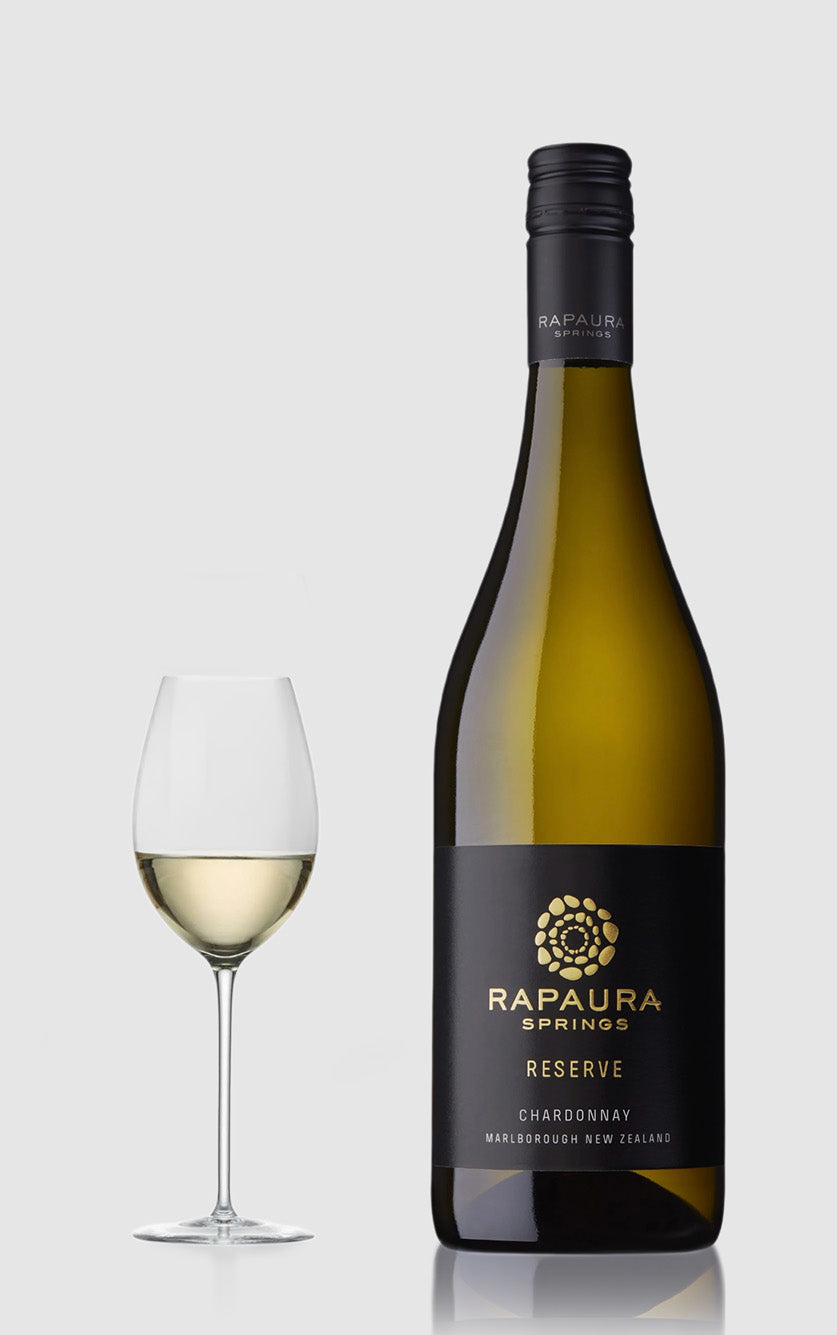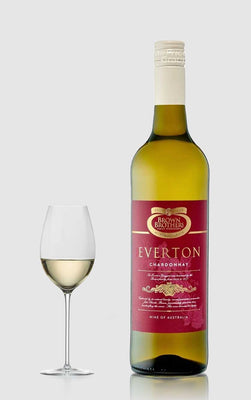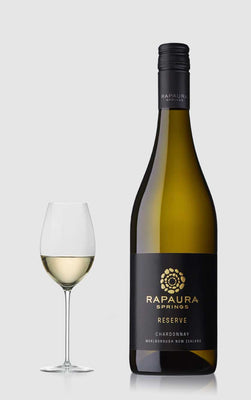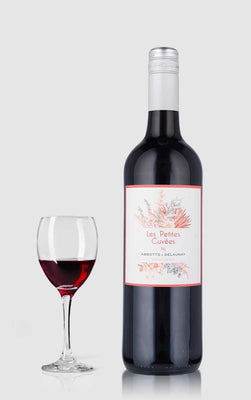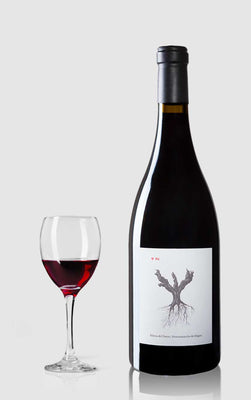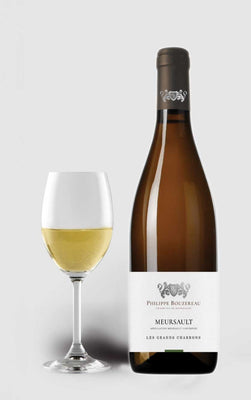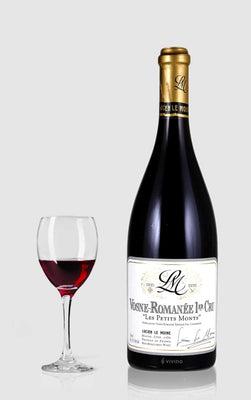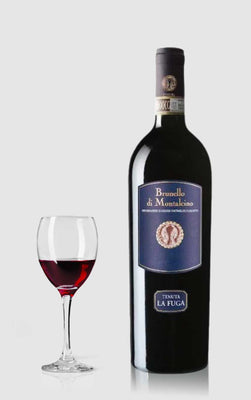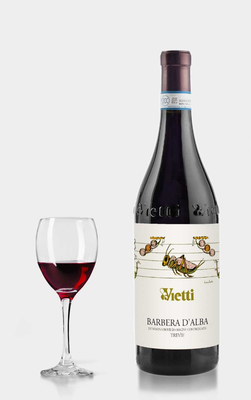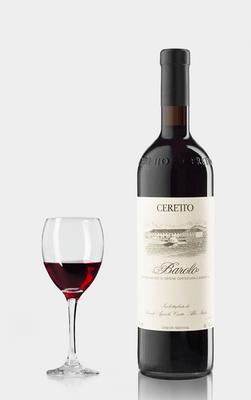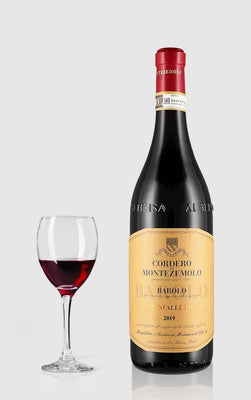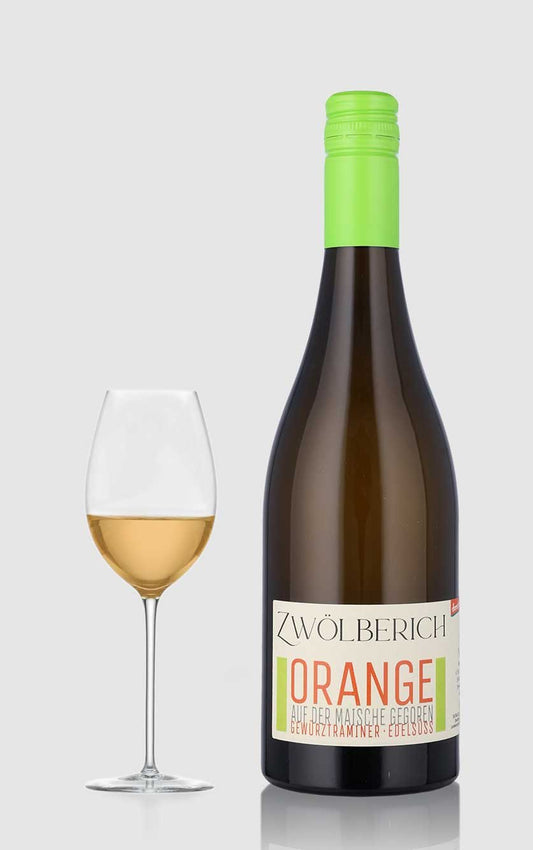Andre kategorier du måske vil kunne lide
Wine from Germany
-
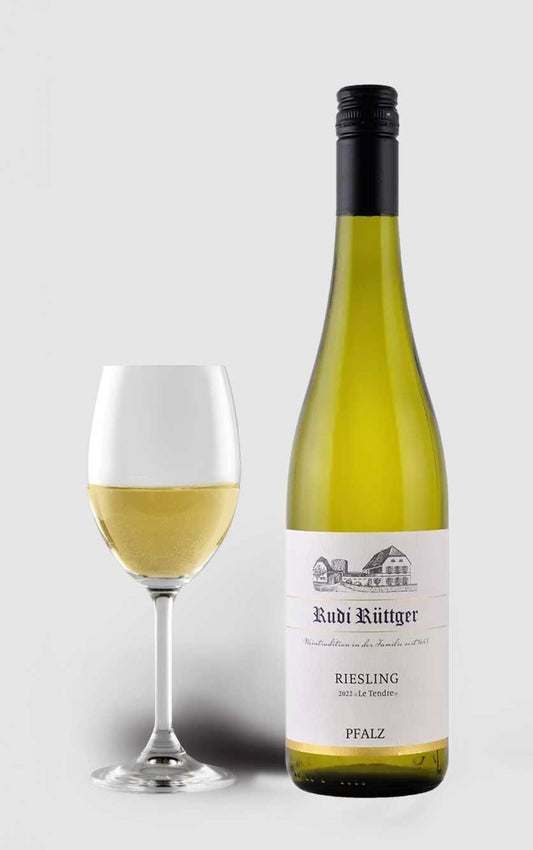 ★ 92 – DH Wines★ 4.1 – Vivino
★ 92 – DH Wines★ 4.1 – VivinoNeuleininger Höllenpfad Riesling Le Tendre 2023
Vendor:Rudi RüttgerRegular price 99,00 DKKRegular priceUnit price / per -
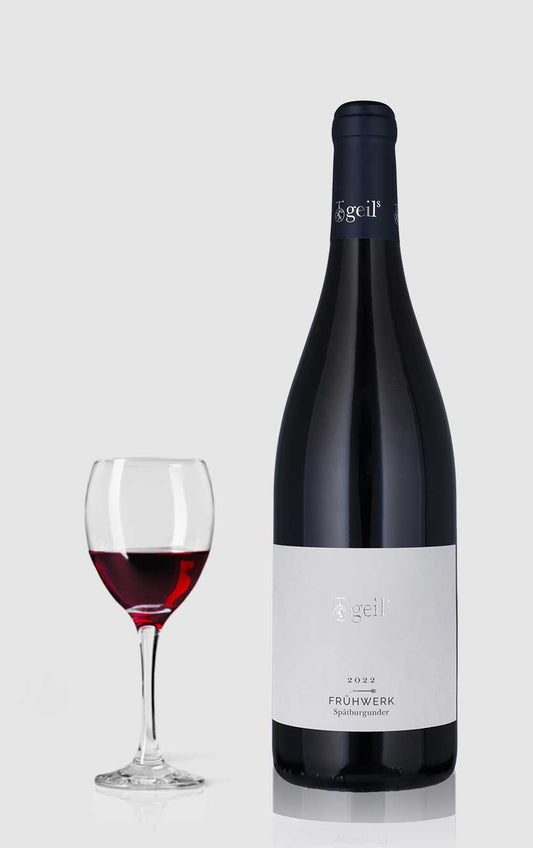 ★ 90 – DH Wines★ 4.0 – Vivino
★ 90 – DH Wines★ 4.0 – VivinoFrühwerk Spätburgunder Weingut Geils 2022
Vendor:Weingut GeilsRegular price 249,00 DKKRegular priceUnit price / per -
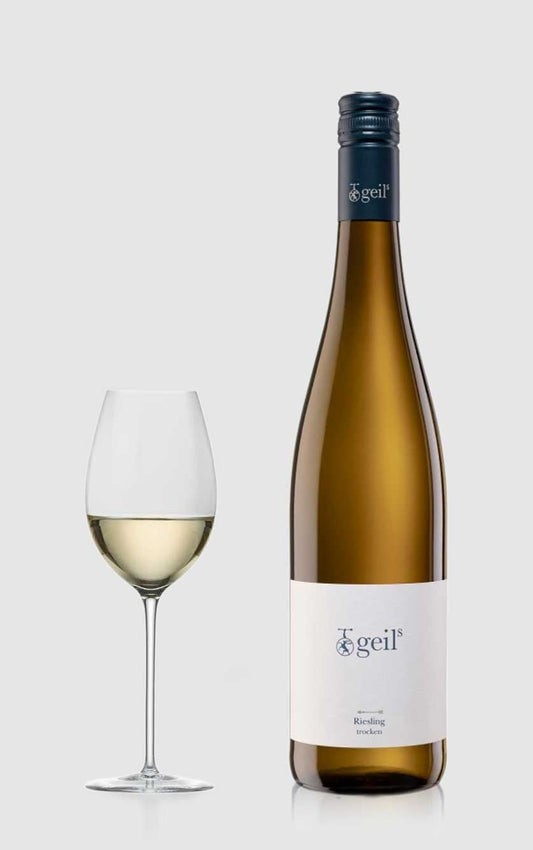 ★ 90 – DH Wines
★ 90 – DH WinesGeils Riesling 2023 Trocken Weingut Geils Rheinhessen
Vendor:Weingut GeilsRegular price 149,00 DKKRegular priceUnit price / per -
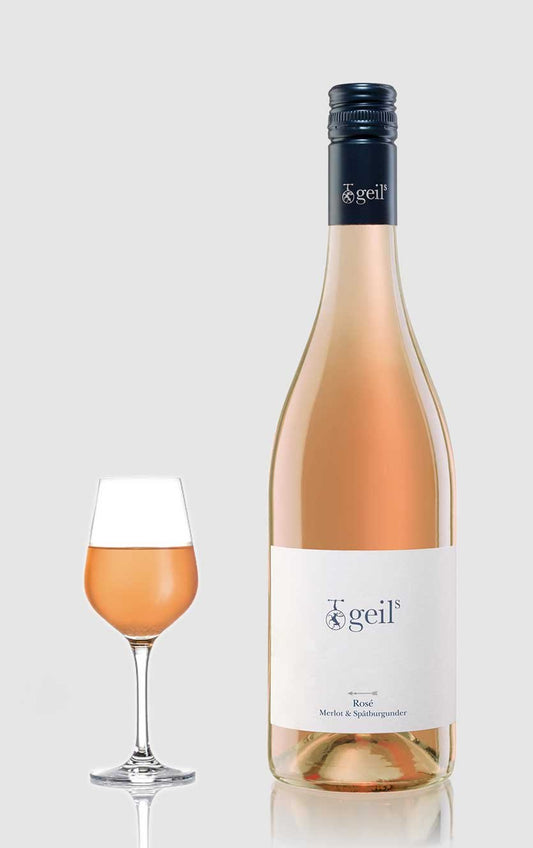 ★ 93 – DH Wines
★ 93 – DH WinesRosé Trocken Weingut Geils Rheinhessen 2023
Vendor:Weingut GeilsRegular price 149,00 DKKRegular priceUnit price / per -
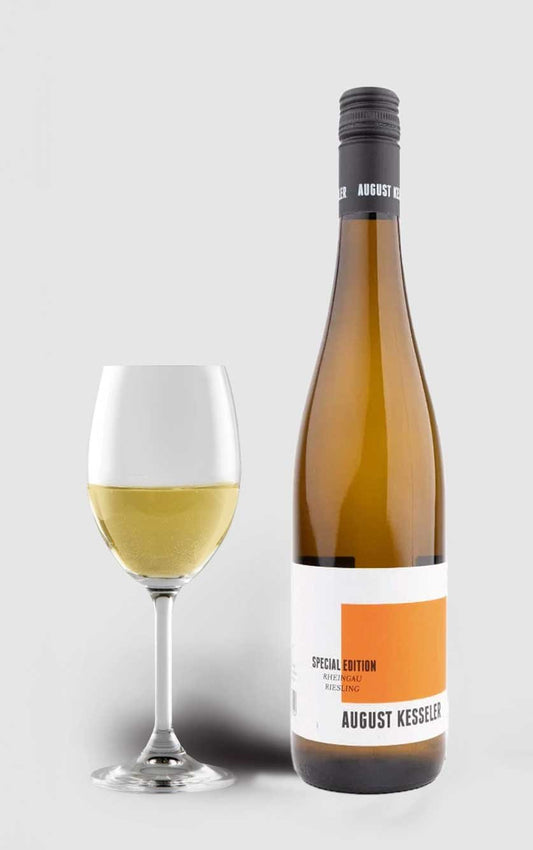 ★ 89 – DH Wines★ 3.7 – Vivino
★ 89 – DH Wines★ 3.7 – VivinoAugust Kesseler Special Edition Riesling 2023
Vendor:August KesselerRegular price 99,00 DKKRegular priceUnit price / per -
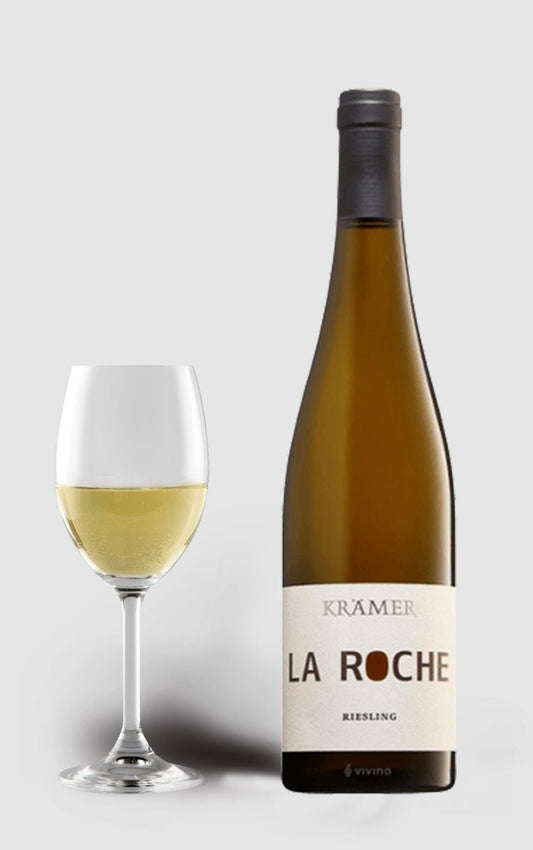 ★ 93 – James Suckling★ 87 – DH Wines★ 3.8 – Vivino
★ 93 – James Suckling★ 87 – DH Wines★ 3.8 – VivinoKrämer La Roche Riesling 2017
Vendor:Krämer La Roche-25% rabatRegular price 119,00 DKKRegular priceUnit price / per159,00 DKKSale price 119,00 DKKSale -
 ★ 89 – DH Wines★ 4.1 – Vivino
★ 89 – DH Wines★ 4.1 – VivinoDelaforce Vintage Port 2000
Vendor:DelaforceRegular price 449,00 DKKRegular priceUnit price / per -
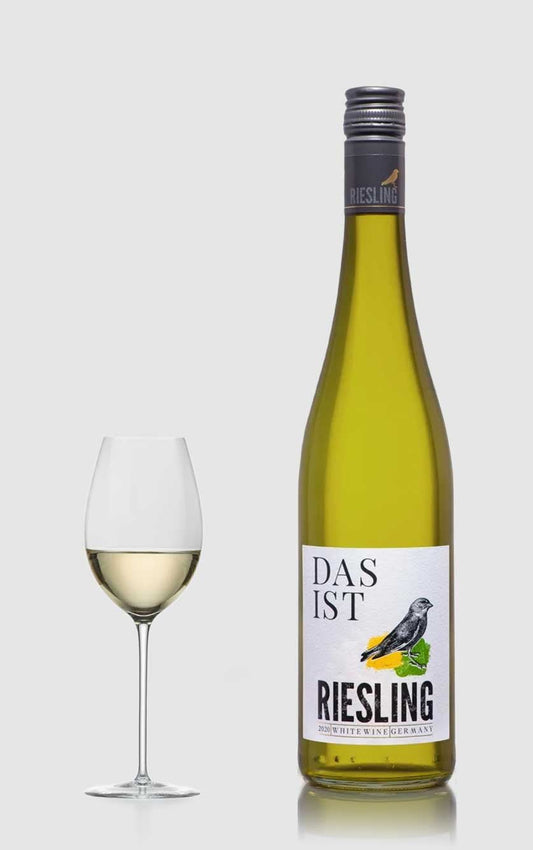 ★ 88 – DH Wines
★ 88 – DH WinesDas Ist Riesling 2024
Vendor:Das IstRegular price 69,00 DKKRegular priceUnit price / per -
 ★ 86 – DH Wines
★ 86 – DH WinesSimply 0 White Alcohol-free sparkling
Vendor:Simply ORegular price 69,00 DKKRegular priceUnit price / per -
 ★ 91 – DH Wines
★ 91 – DH WinesSternhof Riesling Feinherb Eco Pfalz 2023
Vendor:SternhofRegular price 129,00 DKKRegular priceUnit price / per -
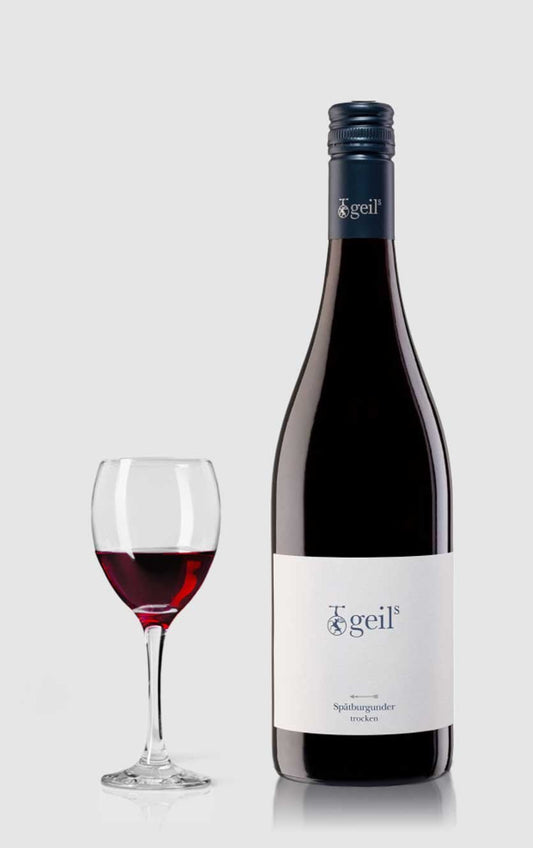 ★ 90 – DH Wines
★ 90 – DH WinesWeingut Geils Spätburgunder 2022 Trocken Rheinhessen
Vendor:Weingut GeilsRegular price 149,00 DKKRegular priceUnit price / per -
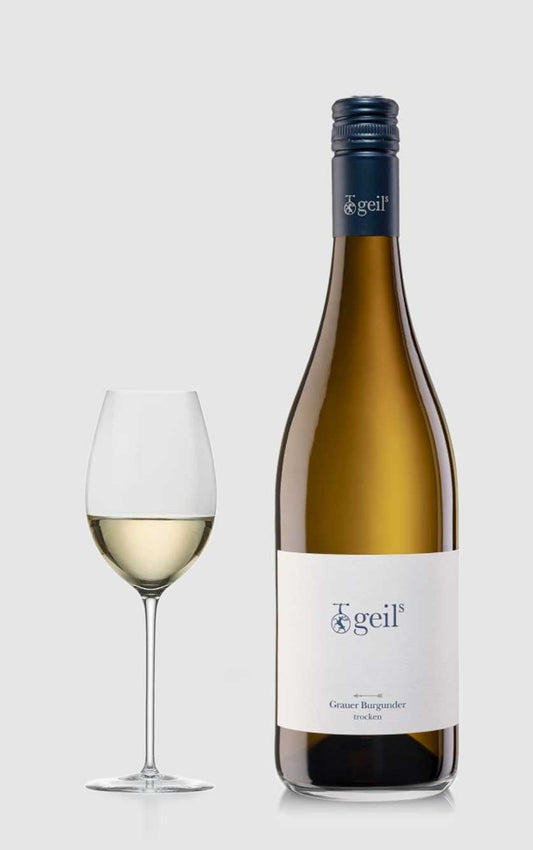 ★ 90 – DH Wines
★ 90 – DH WinesGeils Grauer Burgunder 2023 Trocken Weingut Geils Rheinhessen
Vendor:Weingut GeilsRegular price 149,00 DKKRegular priceUnit price / per -
Weingut im Zwölberich 2022 Gewürtztraminer Auslese Bio Orange Edelsüss Nahe 50 cl
Vendor:Weingut GeilsRegular price 249,00 DKKRegular priceUnit price / per -
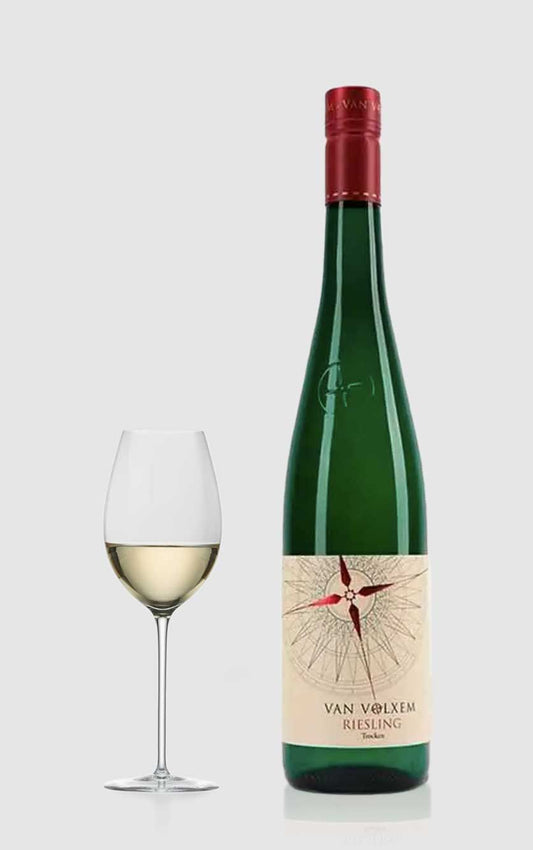 ★ 90 – DH Wines★ 4.0 – Vivino
★ 90 – DH Wines★ 4.0 – VivinoVan Volxem Riesling Trocken 2022
Vendor:Van VolxemRegular price 149,00 DKKRegular priceUnit price / per -
 ★ 90 – DH Wines
★ 90 – DH WinesGeils Chardonnay Dalsheim 2023 Trocken Weingut Geils
Vendor:Weingut GeilsRegular price 249,00 DKKRegular priceUnit price / per -
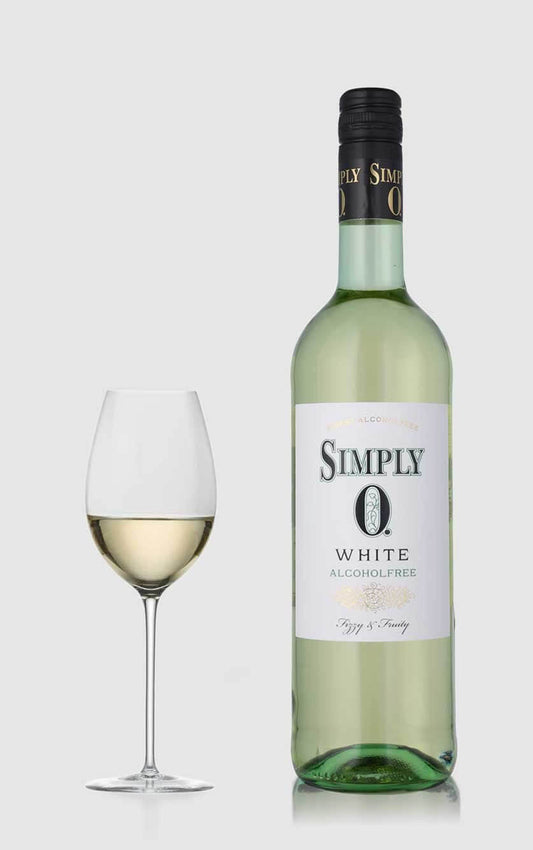 ★ 86 – DH Wines
★ 86 – DH WinesSimply 0 White Alcohol-free
Vendor:Simply ORegular price 59,00 DKKRegular priceUnit price / per -
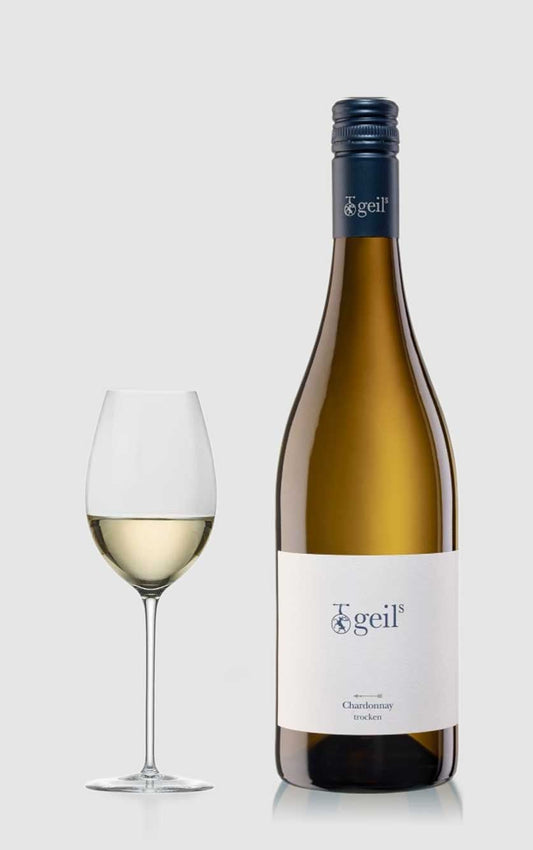 ★ 90 – DH Wines
★ 90 – DH WinesGeils Chardonnay 2023 Trocken Weingut Geils Rheinhessen
Vendor:Weingut GeilsRegular price 149,00 DKKRegular priceUnit price / per -
 ★ 97 – Decanter★ 95 – Robert Parker★ 95 – James Suckling★ 95 – DH Wines★ 93 – Wine Enthusiast★ 4.2 – Vivino
★ 97 – Decanter★ 95 – Robert Parker★ 95 – James Suckling★ 95 – DH Wines★ 93 – Wine Enthusiast★ 4.2 – VivinoJoh. Jos. Prüm Riesling 2012, Germany
Vendor:Joh. Jos. PrümRegular price 599,00 DKKRegular priceUnit price / per -
 ★ 92 – DH Wines★ 5 stjerner – VinAvisen
★ 92 – DH Wines★ 5 stjerner – VinAvisenManz Oppenheimer Herrenberg Riesling Auslese 2023
Vendor:ManzRegular price 249,00 DKKRegular priceUnit price / per -
 ★ 90 – DH Wines★ 3.9 – Vivino
★ 90 – DH Wines★ 3.9 – VivinoVan Volxem Esprit Riesling 2022
Vendor:Van VolxemRegular price 149,00 DKKRegular priceUnit price / per -
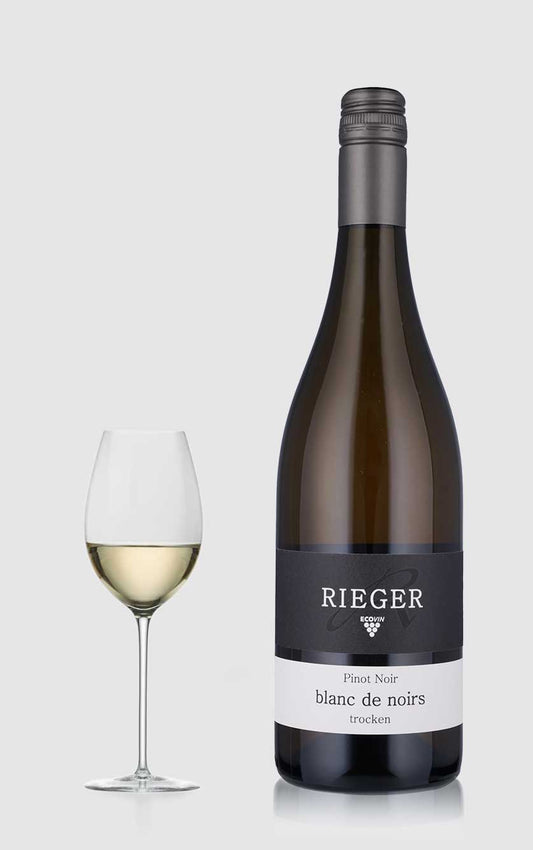 ★ 89 – DH Wines
★ 89 – DH WinesWeingut Rieger Pinot Noir, Blanc De Noirs, BIO Baden 2022
Vendor:Weingut RiegerRegular price 149,00 DKKRegular priceUnit price / per -
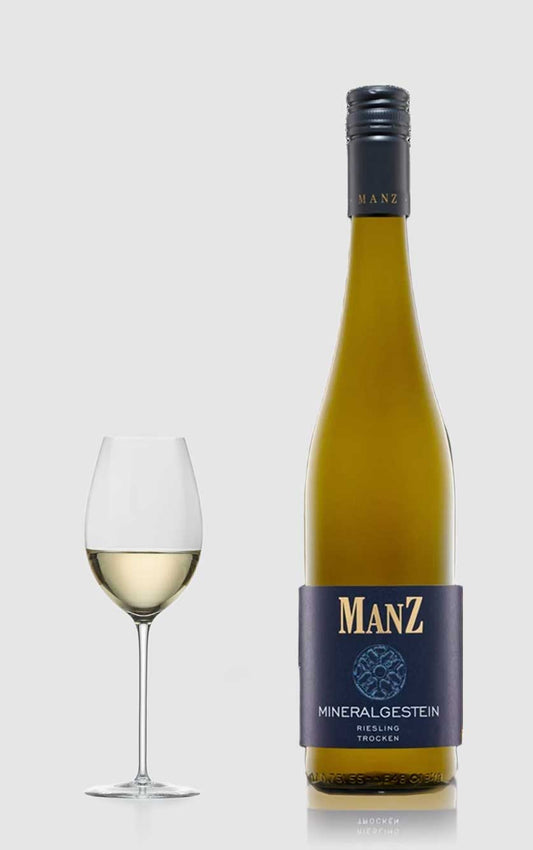 ★ 90 – DH Wines
★ 90 – DH WinesManz Mineralgestein Riesling 2024
Vendor:ManzRegular price 149,00 DKKRegular priceUnit price / per -
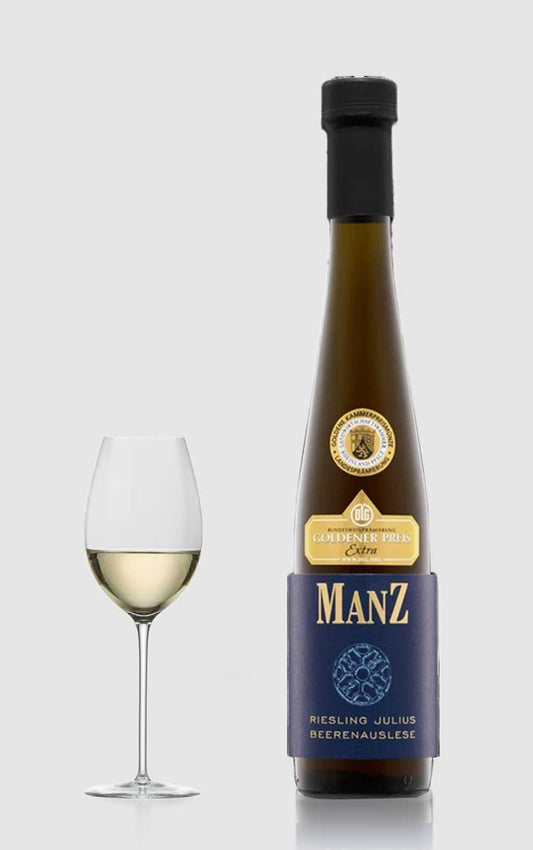 ★ 90 – DH Wines
★ 90 – DH WinesManz Oppenheimer Herrenberg Riesling Julius Beerenauslese 2014
Vendor:ManzRegular price 299,00 DKKRegular priceUnit price / per -
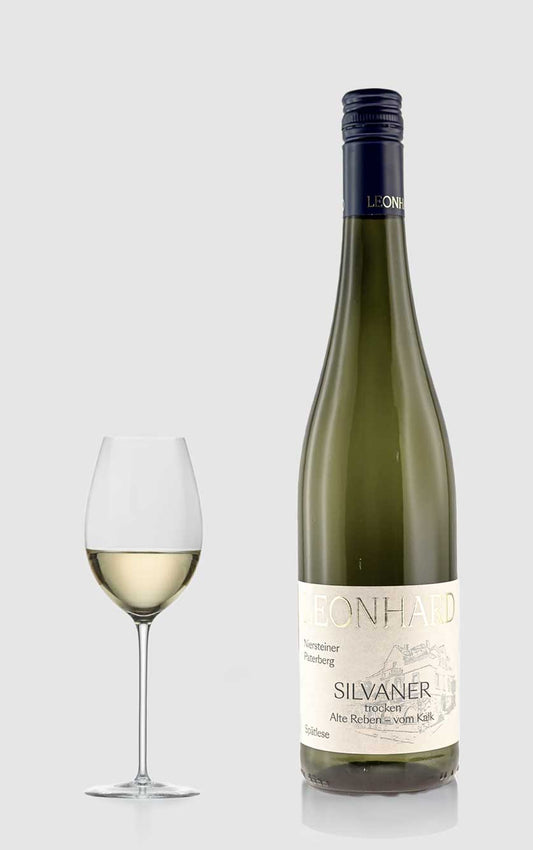 ★ 89 – DH Wines
★ 89 – DH WinesLeonhard Silvaner Alte Reben Niersteiner Paterberg 2021
Vendor:SternhofRegular price 99,00 DKKRegular priceUnit price / per -
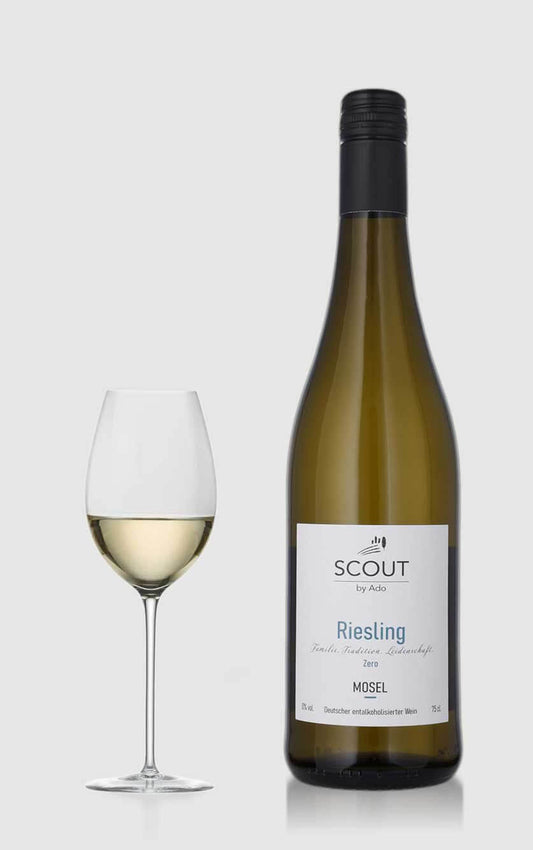 ★ 90 – DH Wines
★ 90 – DH WinesScout Riesling ALCOHOL FREE Mosel 2024
Vendor:AdoRegular price 119,00 DKKRegular priceUnit price / per -
 ★ 95 – DH Wines★ 4.2 – Vivino
★ 95 – DH Wines★ 4.2 – VivinoWehlener Sonnenuhr Auslese JJ Prüm 2021
Vendor:Joh. Jos. PrümRegular price 599,00 DKKRegular priceUnit price / per -
 ★ 91 – DH Wines★ 4.1 – Vivino
★ 91 – DH Wines★ 4.1 – VivinoWiltinger Riesling Trocken VDP Ortswein Saar, Mosel 2020
Vendor:WiltingerRegular price 199,00 DKKRegular priceUnit price / per -
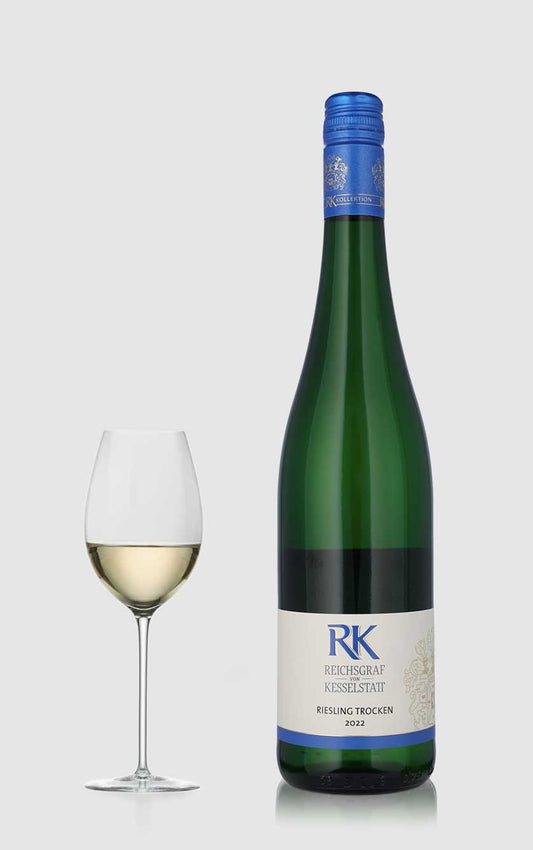 ★ 88 – DH Wines
★ 88 – DH WinesRiesling Trocken RK VDP Gutswein Reichsgraf von Kesselstatt 2022
Vendor:Reichsgraf von KesselstattRegular price 159,00 DKKRegular priceUnit price / per -
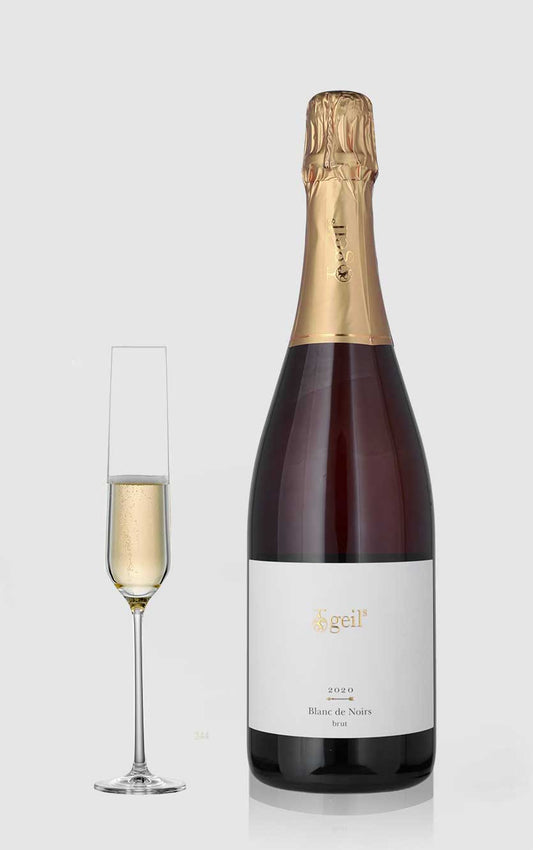 ★ 89 – DH Wines
★ 89 – DH WinesWeingut Geils Blanc De Noirs Sekt Brut 2020
Vendor:Weingut GeilsRegular price 249,00 DKKRegular priceUnit price / per -
 ★ 92 – DH Wines
★ 92 – DH WinesAuslese Passum III Albalonga Weingut Geils 2021 37.5 cl
Vendor:Weingut GeilsRegular price 329,00 DKKRegular priceUnit price / per -
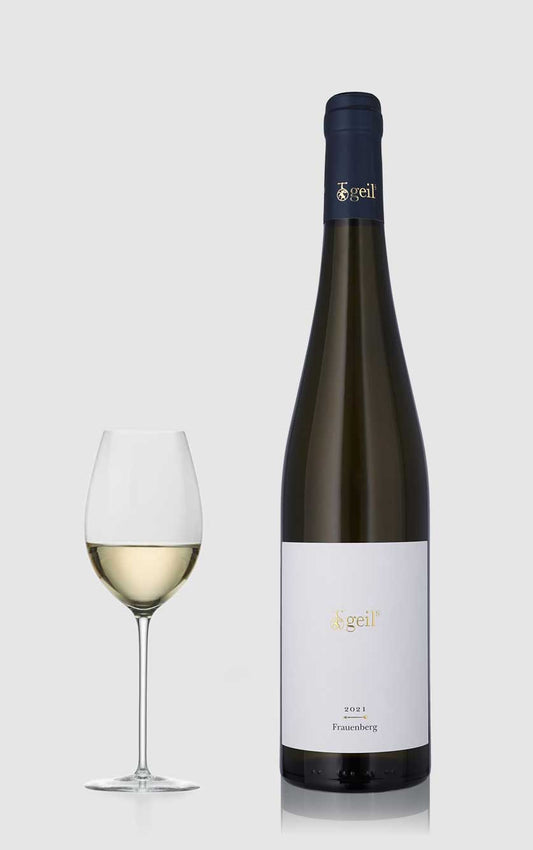 ★ 89 – DH Wines
★ 89 – DH WinesFrauenberg Riesling Weingut Geils 2021
Vendor:Weingut GeilsRegular price 299,00 DKKRegular priceUnit price / per -
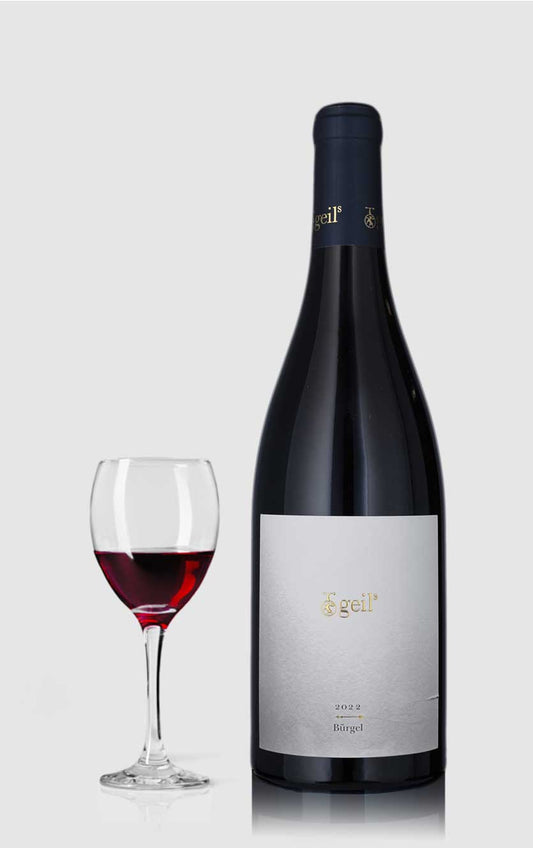 ★ 90 – DH Wines
★ 90 – DH WinesWeingut Geils Spätburgunder Bürgel Trocken 2022
Vendor:Weingut GeilsRegular price 349,00 DKKRegular priceUnit price / per -
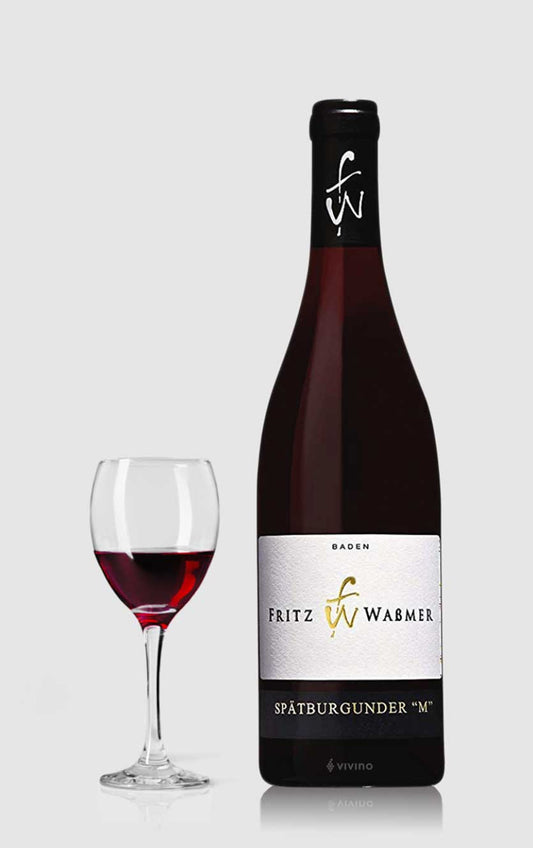 ★ 91 – DH Wines★ 4.0 – Vivino
★ 91 – DH Wines★ 4.0 – VivinoFritz Waßmer Spätburgunder M 2022
Vendor:Fritz WaßmerRegular price 229,00 DKKRegular priceUnit price / per -
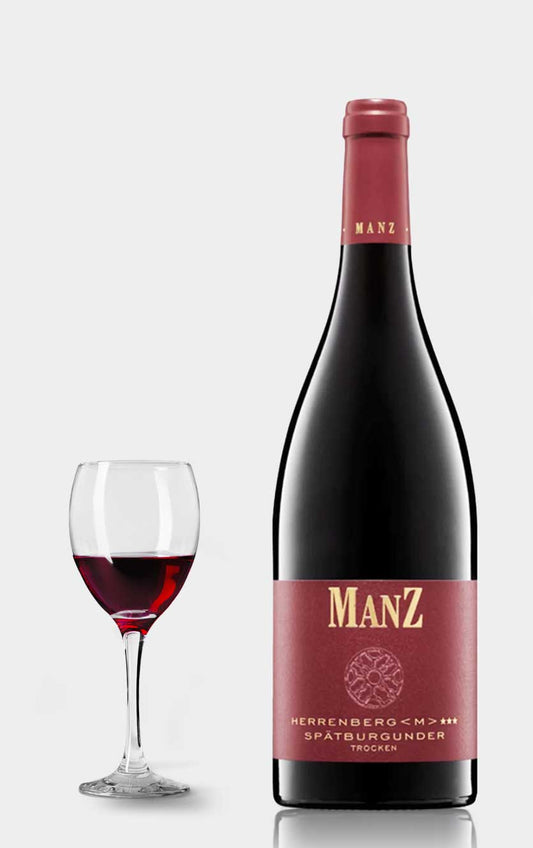 ★ 90 – DH Wines
★ 90 – DH WinesManz Oppenheimer Herrenberg M*** Spätburgunder 2016
Vendor:ManzRegular price 249,00 DKKRegular priceUnit price / per -
 ★ 88 – DH Wines★ 3.7 – Vivino
★ 88 – DH Wines★ 3.7 – VivinoSeckinger Riesling Vom Löss 2021
Vendor:Weingut SeckingerRegular price 149,00 DKKRegular priceUnit price / per -
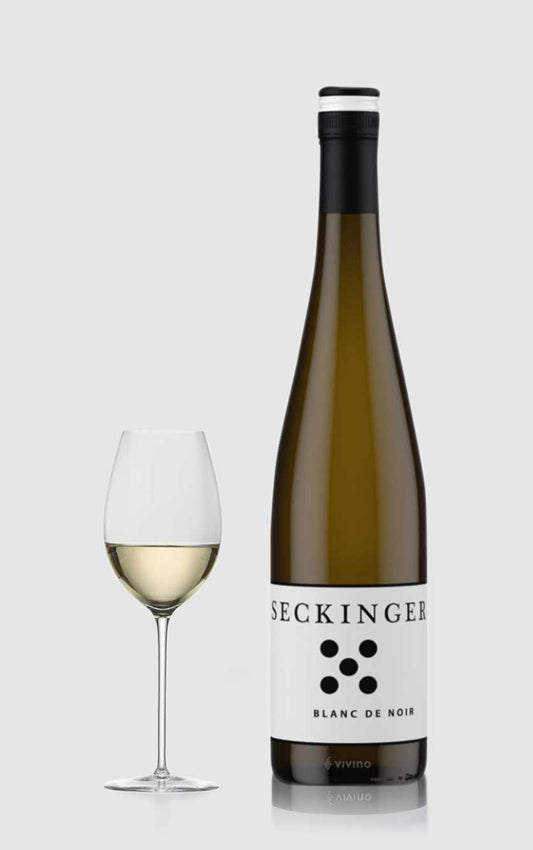 ★ 89 – DH Wines★ 4.0 – Vivino
★ 89 – DH Wines★ 4.0 – VivinoSeckinger Blanc de Noir 2021
Vendor:Weingut SeckingerRegular price 149,00 DKKRegular priceUnit price / per -
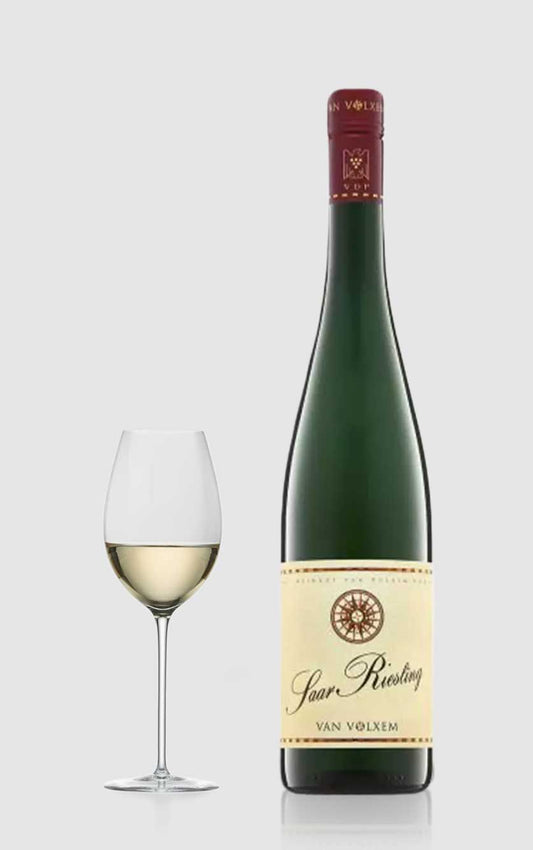 ★ 89 – DH Wines★ 3.9 – Vivino
★ 89 – DH Wines★ 3.9 – VivinoVan Volxem Saar Riesling 2023
Vendor:Van VolxemRegular price 229,00 DKKRegular priceUnit price / per -
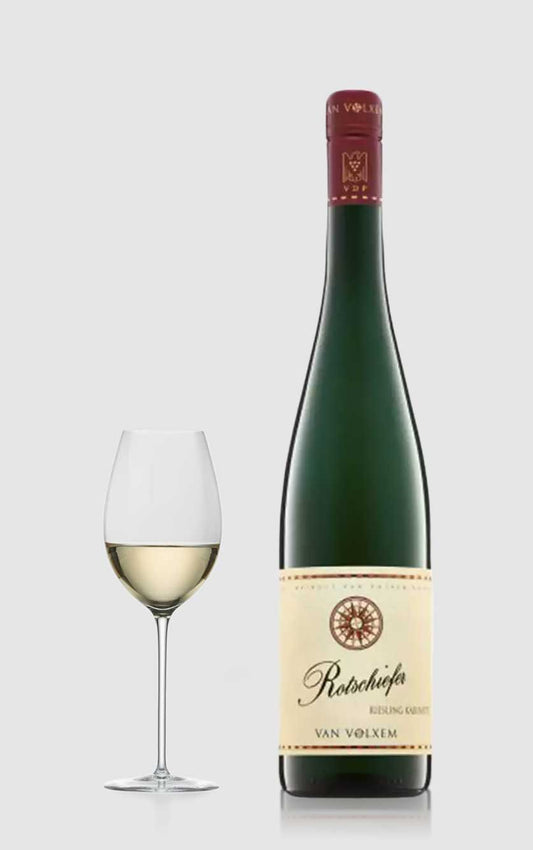 ★ 88 – DH Wines★ 4.0 – Vivino
★ 88 – DH Wines★ 4.0 – VivinoVan Volxem Rotschiefer Riesling Kabinett 2023
Vendor:Van VolxemRegular price 229,00 DKKRegular priceUnit price / per -
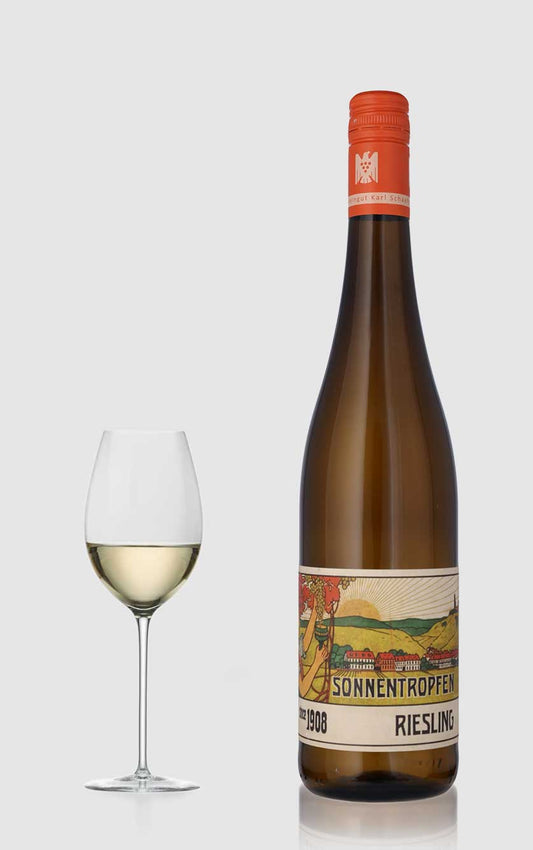 ★ 90 – DH Wines
★ 90 – DH WinesDürkheim Sonnentropfen ECO Riesling Trocken 2024 VDP Ortswein
Vendor:Dürkheimer SpielbergRegular price 169,00 DKKRegular priceUnit price / per -
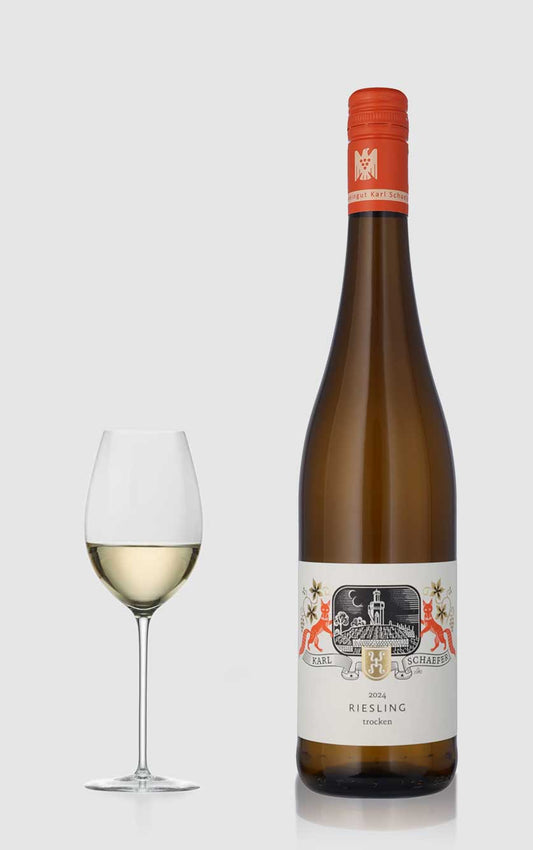 ★ 88 – DH Wines
★ 88 – DH WinesRiesling Trocken ECO, VDP Gutswein 2023
Vendor:Dürkheimer SpielbergRegular price 149,00 DKKRegular priceUnit price / per -
 ★ 88 – DH Wines
★ 88 – DH WinesDürkheimer Spielberg ECO Riesling Trocken 2022
Vendor:Dürkheimer SpielbergRegular price 289,00 DKKRegular priceUnit price / per -
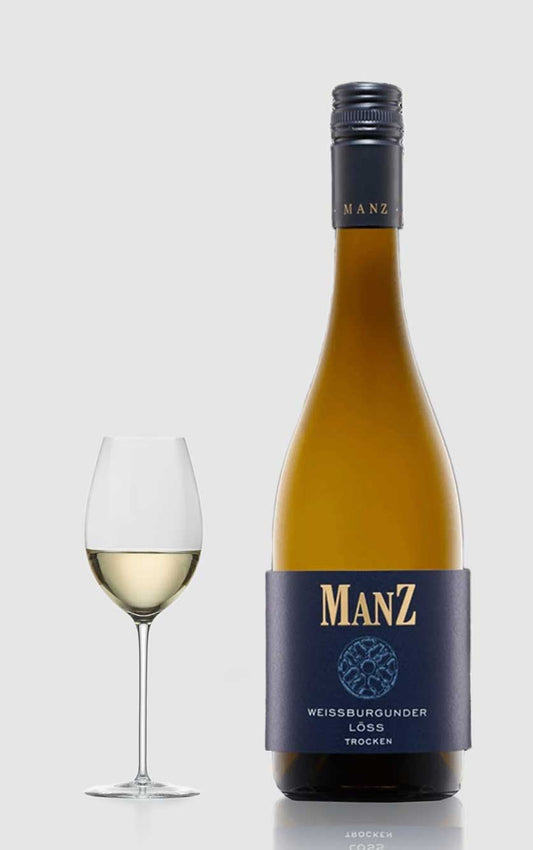 ★ 89 – DH Wines
★ 89 – DH WinesManz Weissburgunder Loss 2024
Vendor:ManzRegular price 149,00 DKKRegular priceUnit price / per -
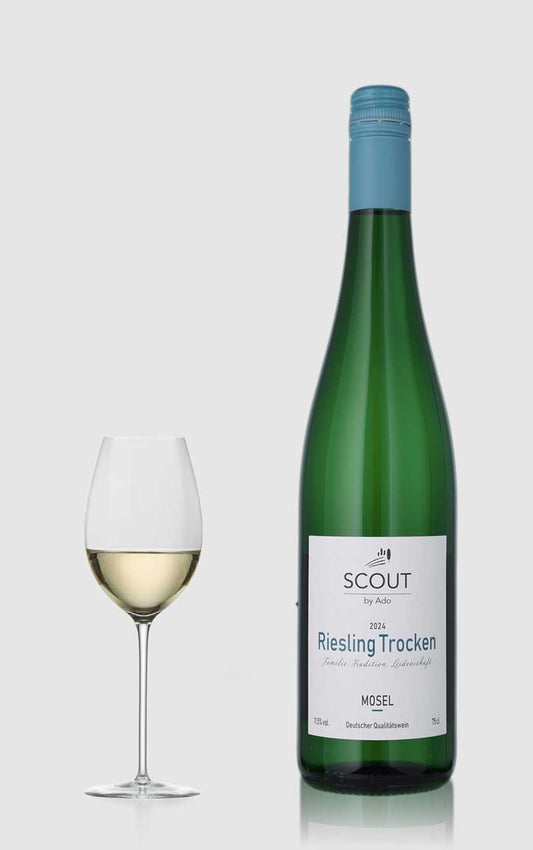 ★ 88 – DH Wines
★ 88 – DH WinesScout Riesling Trocken Mosel 2024
Vendor:Das IstRegular price 129,00 DKKRegular priceUnit price / per -
 ★ 93 – Decanter★ 90 – DH Wines★ 4.3 – Vivino
★ 93 – Decanter★ 90 – DH Wines★ 4.3 – VivinoMichelsberg Eco Riesling GG 2022, VDP Grosse Lage, Karl Schaefer, Palatinate
Vendor:Weingut Karl SchaeferRegular price 399,00 DKKRegular priceUnit price / per -
 ★ 93 – DH Wines★ 4.0 – Vivino
★ 93 – DH Wines★ 4.0 – VivinoWachenheimer Gerümpel Øko Riesling Trocken 2020, VDP Erste Lage, Karl Schaefer, Pfalz
Vendor:Weingut Karl SchaeferRegular price 249,00 DKKRegular priceUnit price / per -
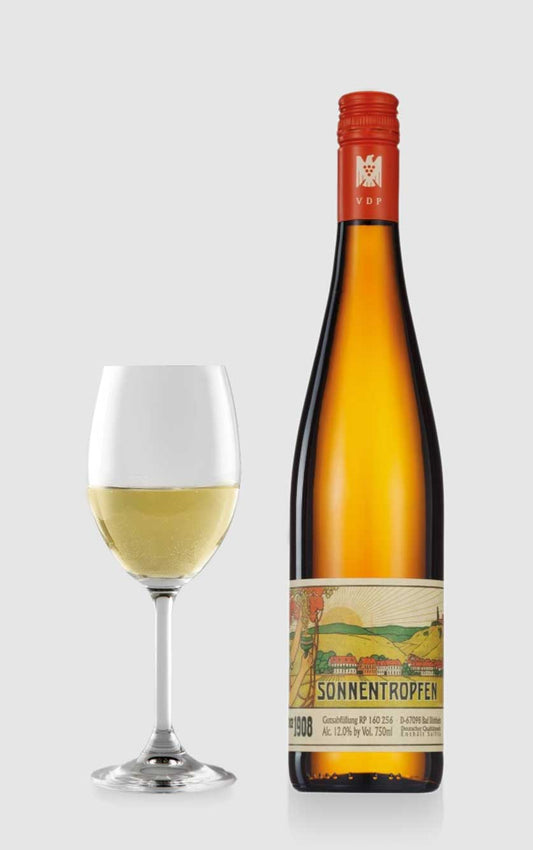 ★ 90 – DH Wines★ 4.1 – Vivino
★ 90 – DH Wines★ 4.1 – VivinoDürkheim Sonnentropfen Riesling Trocken 2022, Karl Schaeffer, PFALZ ECO
Vendor:Weingut Karl SchaeferRegular price 189,00 DKKRegular priceUnit price / per -
 ★ 88 – DH Wines★ 3.7 – Vivino
★ 88 – DH Wines★ 3.7 – VivinoSchloss Marienlay Riesling Trocken 2022, Reichsrat Von Kesselstatt
Vendor:Schloss MarienlayRegular price 169,00 DKKRegular priceUnit price / per -
 ★ 94 – Wine Enthusiast★ 94 – Robert Parker★ 93 – James Suckling★ 92 – DH Wines★ 4.3 – Vivino
★ 94 – Wine Enthusiast★ 94 – Robert Parker★ 93 – James Suckling★ 92 – DH Wines★ 4.3 – VivinoCWG Delaire Graff Estate Banghoek Cabernet Sauvignon 2018
Vendor:Unknown-14% rabatRegular price 849,00 DKKRegular priceUnit price / per995,00 DKKSale price 849,00 DKKSale
Collection: Wine from Germany
Wine from Germany – Elegance, precision and terroir
Germany produces wines with a focus on finesse, acidity and precision. The country is known for its white wines, especially Riesling, but red wines such as Spätburgunder and sparkling wines (Sekt) have also gained international recognition. With a cool climate and diverse soil types, wines with a pronounced regional identity and high quality are created.
Main German wine regions
- Mosel : Slim and mineral Riesling wines with low alcohol and slate notes.
- Rheingau : Dry, structured white wines and full-bodied Spätburgunder.
- Palatinate : Warm summers produce fuller wines – both white and red.
- Baden : Southernmost region, known for red wines based on Spätburgunder and Grauburgunder.
- Franconia : Silvaner in a dry, mineral style – often in Bocksbeutel bottles.
- Nahe and Württemberg : Variety and increasing quality, especially in Riesling and Pinot varieties.
Grape varieties and wine types
German wine production is dominated by white wine grapes, but also covers high-quality red and sparkling wines. Among the most widely grown grapes are:
- Riesling : Acidic and aromatic grape that produces everything from dry to sweet wines with great aging potential.
- Spätburgunder (Pinot Noir) : Germany's most important red wine grape with delicate fruit and structured tannin.
- Weissburgunder and Grauburgunder : Fruity, dry wines with a food-friendly profile.
- Silvaner : Earthy and neutral, often dry and used in Franconia.
- Scheurebe and Müller-Thurgau : Aromatic grapes with a floral character.
In addition to still wines, sparkling wine is also produced under the name Sekt , which is increasingly produced using traditional methods and high quality.
Classification and styles
The classic German system categorizes wines by must weight and sweetness: Kabinett , Spätlese , Auslese , Beerenauslese and Trockenbeerenauslese . Meanwhile, the newer VDP system focuses on dry quality wines and vineyards such as Grosse Lage and Erste Lage .
The styles range from ultra-dry “Trocken” to noble sweet wines with residual sugar, suitable for aging and gastronomy. Many producers work organically or biodynamically with low intervention to best express the character of the vineyard.
Frequently asked questions about wine from Germany
Is German wine always sweet?
No. Modern German wine is largely dry or semi-dry. Many of the best Riesling wines today are produced in the “Trocken” style, which is completely dry.
What does Pinot Noir mean?
Spätburgunder is the German name for Pinot Noir. The grape is used to make elegant red wines with moderate alcohol and fine tannins – especially in Baden and Ahr.
Is German wine good with food?
Yes. Riesling and Silvaner go well with fish, Asian food and dishes with acidity. Spätburgunder is suitable for poultry, mushrooms and pork. German wine is known for its high gastronomic flexibility.
- Choosing a selection results in a full page refresh.
- Opens in a new window.
